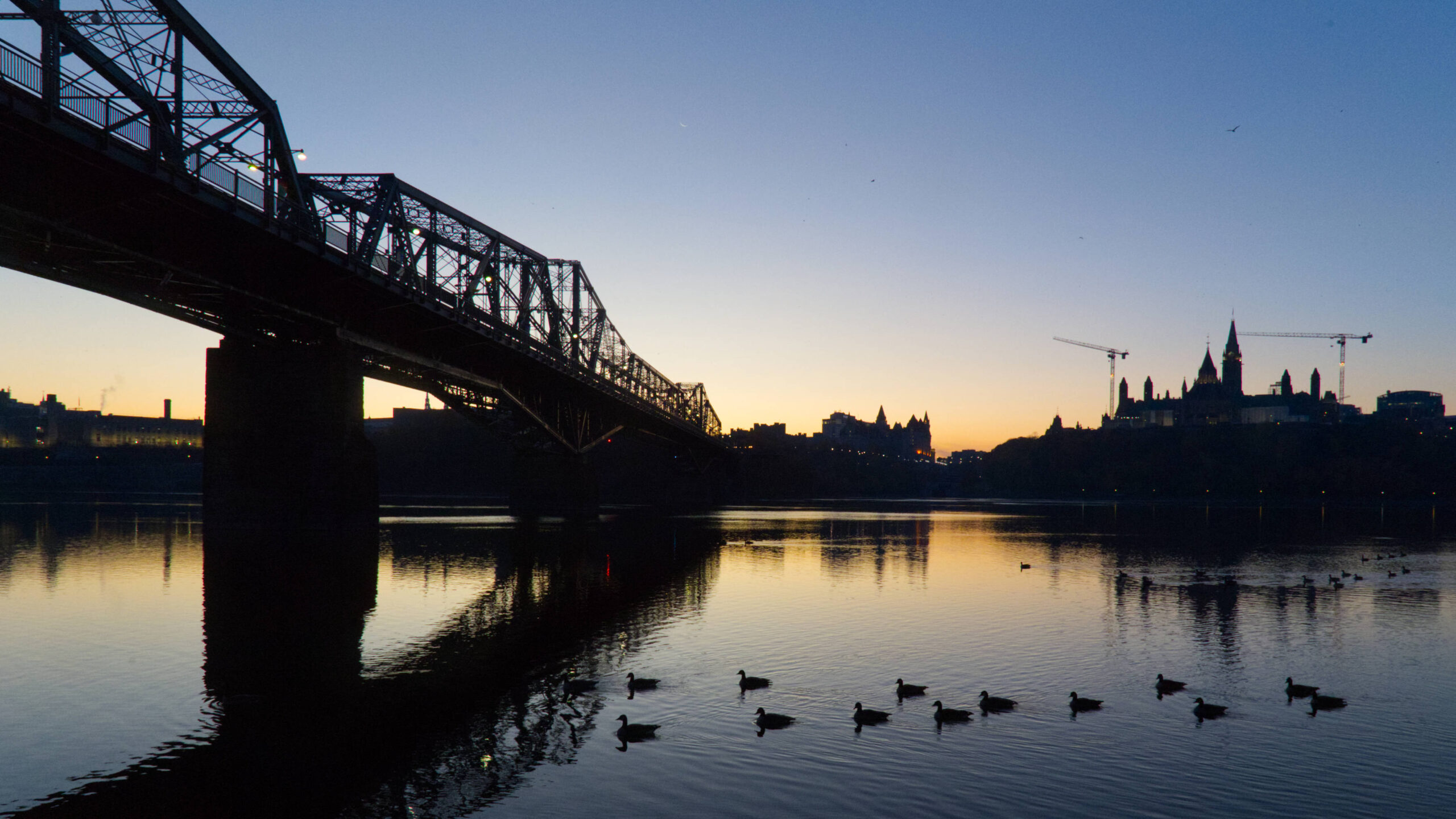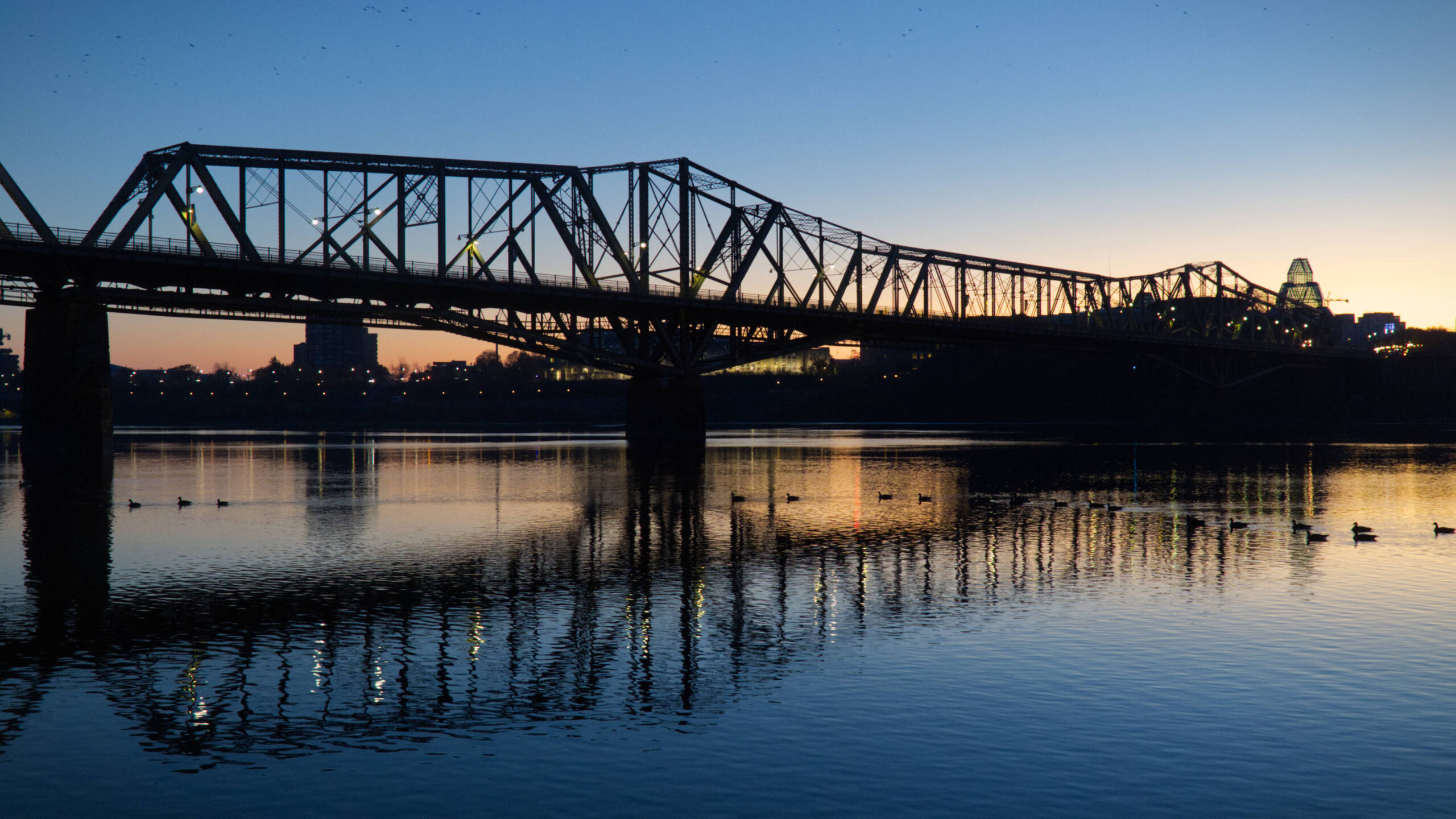April 18th is the International Day for Monuments and Sites, established in 1982 by ICOMOS (International Council for Monuments and Sites) to promote dialogue and showcase strategies for conserving heritage places. The theme for this year’s activities is Heritage Changes, in keeping with ICOMOS’s current strategic focus on Cultural Heritage and Climate Action and the 2020 resolution on People-Centered Approaches to Cultural Heritage.
To celebrate the event, ICOMOS Canada is collaborating with Héritage Montreal to host a roundtable discussion on the climate, social and economic issues that are pushing us to make better use of existing resources. The event is being held virtually over zoom, from noon to 1:15 PM on April 18th. To learn more about this event and to register, check out the Héritage Montreal website.
ICOMOS is encouraging members and partners to participate in marking the day as it relates to this year’s theme:
How can traditional knowledge inform innovative and transformative climate action?
TRACE architectures values the evolution of heritage places, as buildings and places need to adapt to survive in the face of the climate crisis and its related social impacts. We believe in integrating traditional knowledge, inherently sustainable features and material reuse in heritage conservation projects. We think of heritage and sustainability as one of the same, both placing value on what currently exists and imagining how it can help shape the future and promote positive change.
TRACE has worked closely with the Association for Preservation Technology’s Technical Committee on Sustainable Preservation (TC-SP) for decades to research and support the connection between heritage conservation and sustainability. In particular, TC-SP’s OSCAR project explores how traditional knowledge in the form of “inherently sustainable features” of a building can support deep green retrofits in a way that is complimentary to their heritage character. OSCAR consists of a database of interventions or changes that can be made to existing and heritage buildings within the following framework:
- Identify, understand and conserve inherently sustainable features (which are often character-defining elements)
- Undertake preservation actions to ensure the historic components and assemblies are working as intended and conserve embodied carbon
- Undertake energy actions to optimize energy efficiency and minimize operational carbon emissions
- Undertake resilience actions to ensure the building can withstand various risks, including those associated with the changing climate.
In collaboration with the Federal government, Provinces and Territories, TRACE also lead the development of Building Resilience: Practical Guidelines for the Sustainable Rehabilitation of Existing Buildings in Canada, a companion document to the Standards and Guidelines for the Conservation of Historic Places in Canada. This useful set of component-by-component best practices also emphasizes preserving and enhancing inherently sustainable features and includes guidance on both traditional and mid-century modern heritage buildings.

There are a multitude of reasons why at TRACE we believe in conserving existing structures – and this goes far beyond aesthetic and cultural values. TRACE’s investigation of the embodied carbon of Alexandra Bridge in the National Capital Region to provide an environmental sustainability argument for rehabilitating the historic structure. Overlooking the Cultural Landscape of the Ottawa River, the iconic structure has been an integral link within our bi-provincial capital of Ottawa and Quebec. Our research to quantify the embodied carbon of the existing structure confirmed our belief that, conservation and reuse of structures is climate action. We estimate that the Alexandra Bridge contains approximately 14,000 tons carbon dioxide equivalent in greenhouse gas emissions—which means that repairing rather than replacing the historic bridge would have the equivalent impact in lowering Global Warming Potential as:
- Taking over 2,500 gas-fueled cars and light trucks permanently off the roads; or,
- Adding almost 1,300 hectares (3200 acres) of forest to absorb that carbon; or,
- Eliminating the burning of about 6 million litres (1.6 million U.S. gallons) of gasoline


